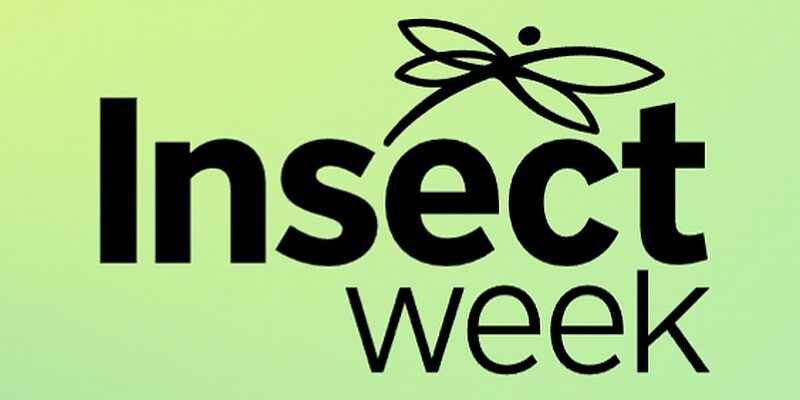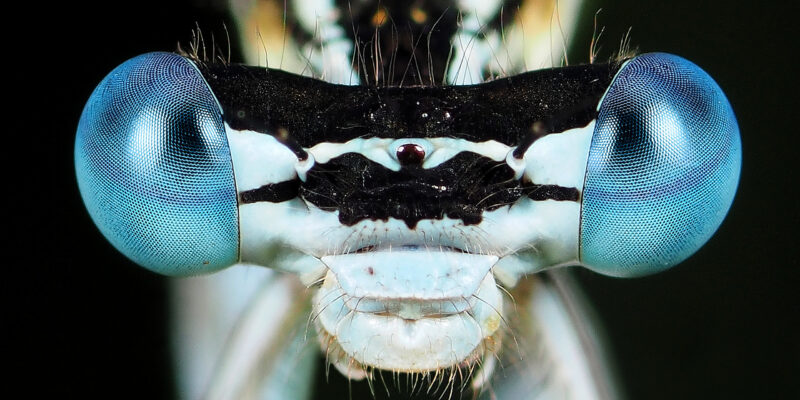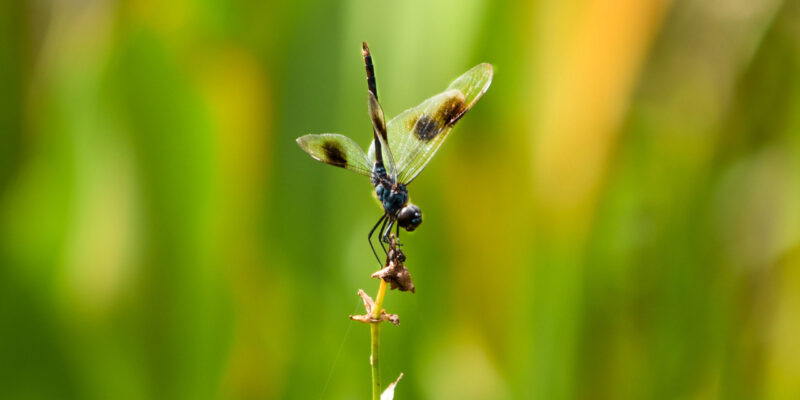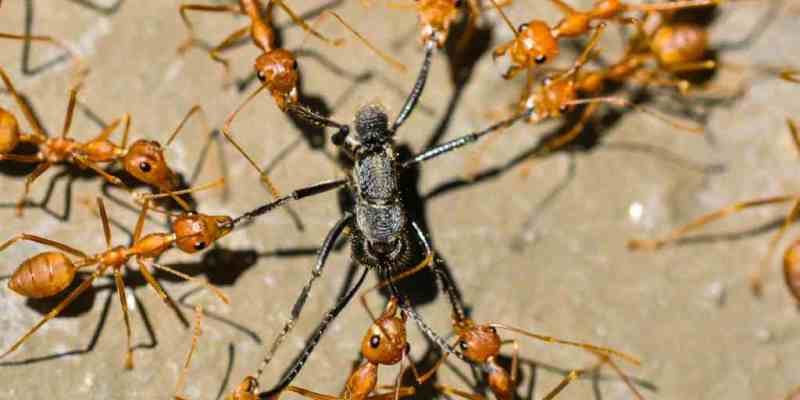Featured image: Foraging honeybee (Apis mellifera) on a flower. Photo (c) Jeff Wilson, Research School of Biology archive
We are excited to announce a new Special Issue published in Insect Molecular Biology, highlighting the role of insect epigenetics in changing environments.
Special Issue editors, Michael Goodisman and Juan Du, highlight that epigenetic information influences gene expression and is therefore of great importance to understanding how organisms develop different phenotypes in response to environmental variation.
Some highlights of the special issue include studies demonstrating the role of epigenetic information in reproductive and developmental processes across different insect species.
It also includes novel reviews that focus on the history of epigenetics in insects, as well as epigenetic studies that seek to understand the success of insects in the environment.
Future studies of epigenetics in insects will further explore how environmental factors affect gene function, physiology, and behavior, uncovering the molecular mechanisms behind acclimation, development, and evolution across diverse insect taxa.
Papers included:
Agricultural insect pests as models for studying stress-induced evolutionary processes.
Authors: Joe C. Gunn, Blair M. Christensen, Erika M. Bueno, Zachary P. Cohen, Alexander S. Kissonergis, Yolanda H. Chen
Reminiscences on the honeybee genome project and the rise of epigenetic concepts in insect science.
Author: Ryszard Maleszka
The diapausing mosquito Culex pipiens exhibits reduced levels of H3K27me2 in the fat body.
Authors: Xueyan Wei, Prabin Dhungana, Cheolho Sim
An association between Dnmt1 and Wnt in the production of oocytes in the whitefly Bemisia tabaci.
Authors: Christopher B. Cunningham, Emily A. Shelby, Elizabeth C. McKinney, Alvin M. Simmons, Allen J. Moore, Patricia J. Moore
A role for DNA methylation in bumblebee morphogenesis hints at female-specific developmental erasure.
Authors: Ben J. Hunt, Mirko Pegoraro, Hollie Marshall, Eamonn B. Mallon
Non-CG DNA methylation marks the transition from pupa to adult in Helicoverpa armigera.
Authors: Jack W. Royle, David Hurwood, Pawel Sadowski, Kevin J. Dudley
DNA methylase 1 influences temperature responses and development in the invasive pest Tuta absoluta.
Authors: Yanhong Tang, Huifang Zhang, Huanqing Zhu, Siyan Bi, Xiaodi Wang, Shunxia Ji, Jianhang Ji, Dongfang Ma, Cong Huang, Guifen Zhang, Nianwan Yang, Fanghao Wan, Zhichuang Lü, Wanxue Liu
A role of epigenetic mechanisms in regulating female reproductive responses to temperature in a pest beetle.
Authors: Beth A. McCaw, Aoife M. Leonard, Tyler J. Stevenson, Lesley T. Lancaster
DNA methylation machinery is involved in development and reproduction in the viviparous pea aphid (Acyrthosiphon pisum).
Authors: Kane Yoon, Stephanie Williams, Elizabeth J. Duncan
Read this valuable contribution to epigenetics and entomology via the link below.







